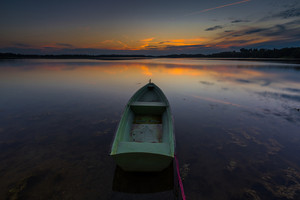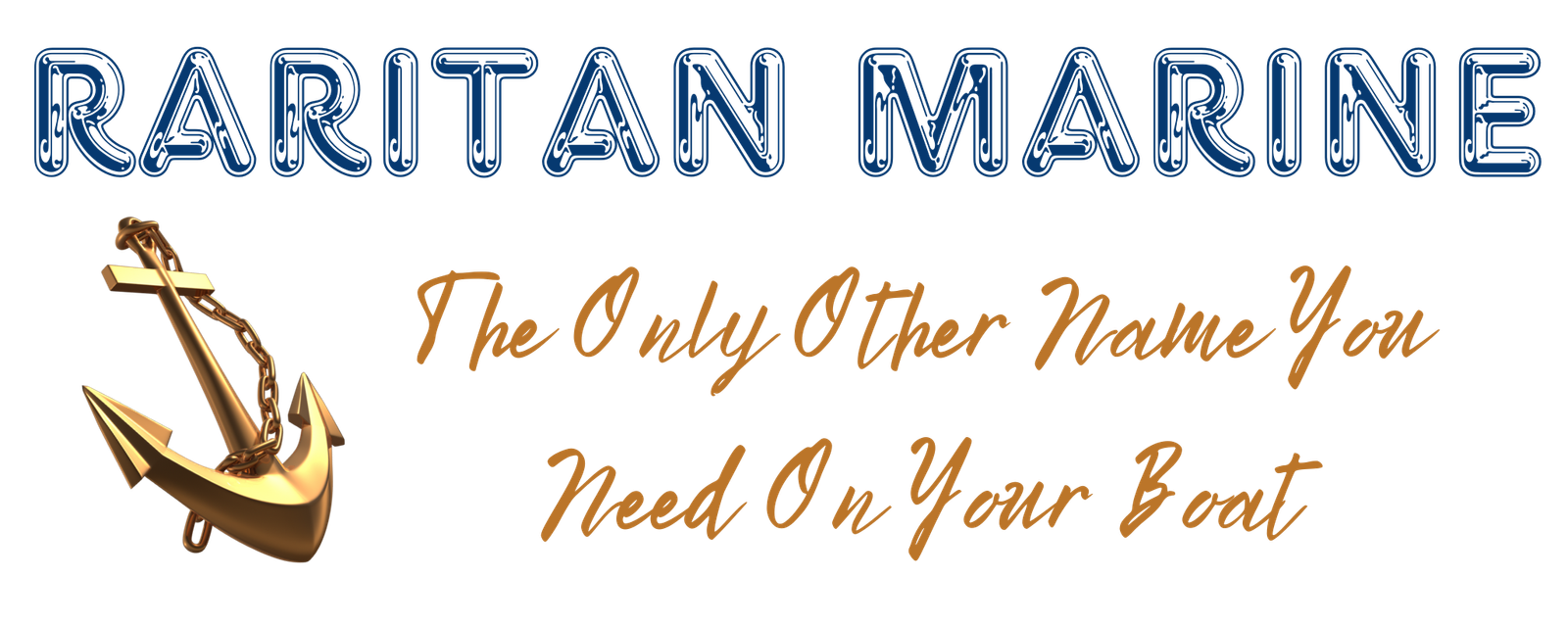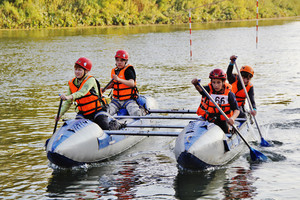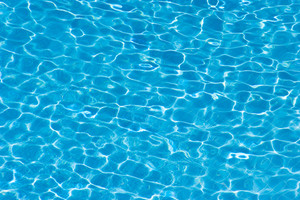Sailing is a popular water sport that involves navigating through open waters using a boat powered by wind. Whether you’re a beginner or an experienced sailor, there are several tips and tricks to help you navigate safely and efficiently on the open sea. Here are some of our top sailing tips for beginners and experts alike.
Introduction to Sailing
Before embarking on your first sailing adventure, it’s essential to understand the basics of sailing. This includes understanding nautical terms such as port, starboard, bow, stern, and keel. You should also know how to operate the sails, rudder, and other equipment on board. It’s recommended to take a few lessons from a certified instructor before setting out on your own.
Basic Nautical Terms and Concepts
One of the most important things to learn when starting out in sailing is basic nautical terminology. Understanding these terms will make communicating with other sailors much easier. Some common terms include “port” which refers to the left side of the boat looking forward, “starboard” which refers to the right side of the boat looking forward, “bow” which is the front of the boat, “stern” which is the rear of the boat, and “keel” which is the bottom edge of the hull.
Another key concept to grasp is the points of sail. These refer to the different directions that the boat can travel relative to the wind direction. The main points of sail are close-hauled (sailing directly upwind), beam reach (sailing at an angle across the wind), broad reach (sailing with the wind behind the boat) and running (sailing downwind). Knowing how to adjust the sails based on the point of sail can greatly improve your speed and efficiency while sailing.

Safety on the Open Water
Safety is always a priority when sailing on open waters. Before leaving shore, be sure to check the weather forecast and ensure that all necessary safety gear is on board including life jackets, flares, signaling devices, and first aid kits. It’s also crucial to have a working VHF radio so you can communicate with other boats and respond to emergencies if needed. Additionally, being aware of potential hazards such as strong currents, shallow areas, and marine wildlife can help prevent accidents and injuries.
Navigation Techniques for Beginners
For beginning sailors, navigation can seem daunting but with practice and knowledge, it becomes second nature. One technique is to use a compass and chart to plot your course and stay on track. Another useful tool is a GPS device which allows you to see where you are located and plan routes ahead of time. Learning to read tide charts can also help you avoid getting stuck in shallow waters or having difficulty docking due to changing tides. Finally, paying attention to landmarks and buoys along the way can help guide you safely to your destination.
Advanced Sailing Tips for Experts
Experienced sailors may want to try more advanced techniques such as tacking and jibbing. Tacking involves turning the boat into the wind to change direction while jibbing involves turning the boat away from the wind. Both techniques require quick reflexes and precise timing to execute successfully. Other advanced tactics include spinnaker sailing, trapeze use, and crew overboard recovery. By mastering these skills, expert sailors can push their vessels to new heights and experience even greater thrills on the open water.
Final Thoughts: A Summary of Key Takeaways
In conclusion, whether you’re just starting out or already an experienced sailor, there are many valuable tips and strategies to consider when navigating the open water. From learning basic nautical terms and concepts to practicing safe boating practices, mastering these skills can enhance both your enjoyment and success on the high seas.




